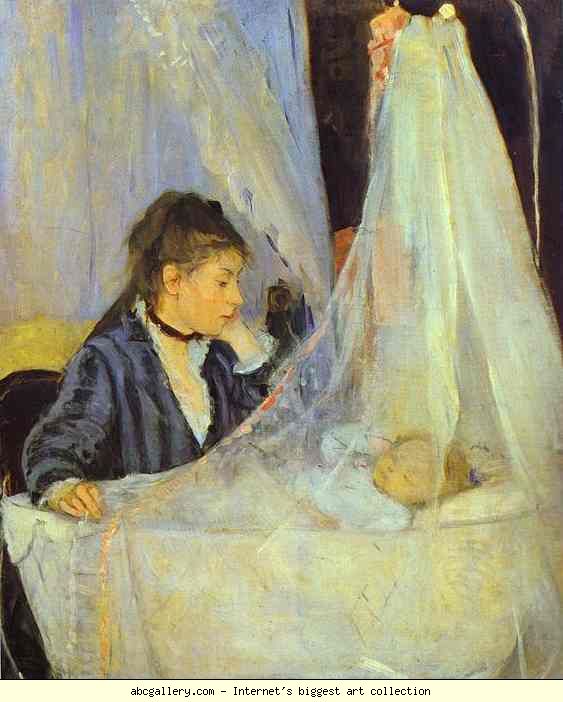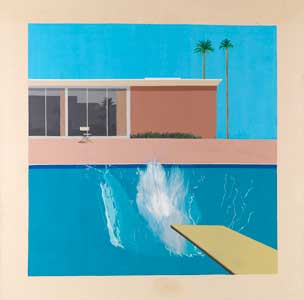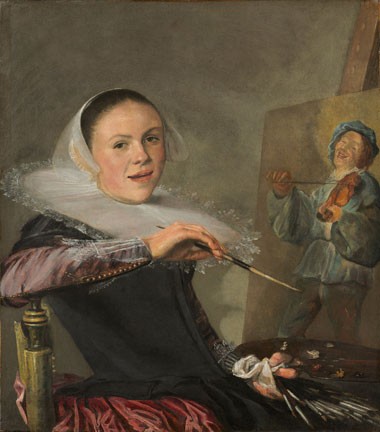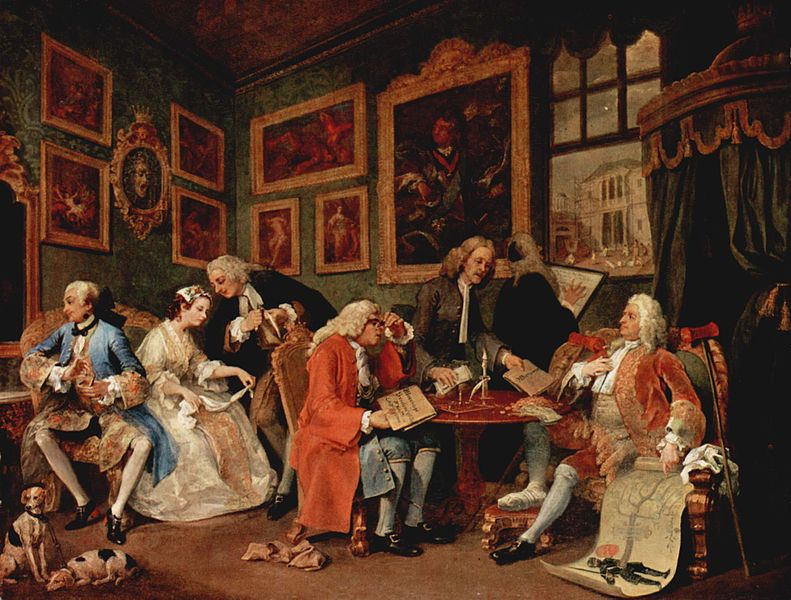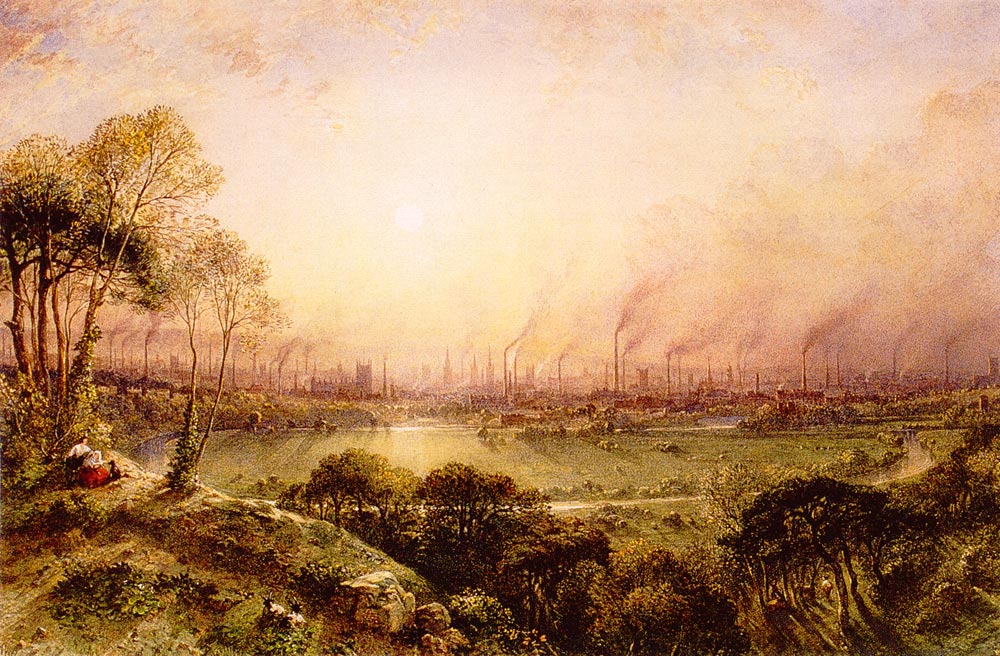The Impressionist movement in art had its origins in Paris, it developed as a reaction against the growing popularity of photography, also artists were no longer content with the restricitions imposed on them by the Ecole des Beaux Arts, who rejected their work and refused to exhibit it, at first the title Impressionism was used to decry these impressionistic paintings, later becoming accepted as these paintings did in fact express impressions of the subject matter rather than exact representations. Painters wished to portray light and its changing qualities and movement with its unusual visual angles, their work was filled with light, shadows were created by the use of complementary colours, yellow laid against violet, red against green, blue against orange and so on. Working outdoors was recommended to capture the play of light, it was an art of immediacy and reflections, small brush strokes achieved this using unmixed colours easy by then to buy in tubes.
Berthe Morisot was the first lady of Impressionism, she first exhibited in the Salon de Refuse in 1864 set up by Napoleon 3 to show work rejected by the Academy. Painters in the movement like Cezanne, Degas and Monet used the studio of the photographer Nadar to show their work in the early days. Berthe and her sister Edma trained together, they visited the Louvre to study, for three years they studied with their tutor Guichard. The young women wore pracical clothes when working, skirts with no hoops and a blouse and jacket. Berthe was to marry Eduard Monet’s brother Eugene, they had a daughter Julia, it was a happy marriage, her husband supported her wish to paint until his early death in 1892, I think that she was able to combine her work and being a wife and mother in a balanced middle way, managing her time well. Morisot became a popular artist selling three hundred and fifty paintings, she had a famous grandfather, the painter Jean Honore Fragonard who must have been an inspiration.
The Cradle is a portrait of Berthe’s sister Edma with her baby daughter, Blanch, oils on canvas are used – Edma had given up painting when she married. We see a tender portrayal of motherhood which evokes for me that wonderful time when my children were babies, here the mother gazes at the child with tenderness, her bent arm is echoed by one of the baby’s arms, whose eyes are closed in sleep, the atmosphere is one of calm and quiet, for me this painting is full of meaning, it portrays the close link between mother and baby, we see fewer paintings with father and child, which has failed to note the changed role of male partners in their children’s lives. The basket is draped by a white curtain with golden yellow light flitting across it, being attached from a bracket above, producing a beautiful sweeping wave, no bright colour disturbs the peace, the light diffusing the white cradle is balanced by the mother’s dark dress and the black band around her neck and the background wall, covering a window a curtain is depicted as though it moves gently in a breeze with hints of blue sky. I remember the basket my daughters slept in, lined with pretty material, twin sons needed more space!
Berthe Morisot led a priviledged life, she knew many other artists, Corot was a good friend, she had no desire to be unconventional, her main restrictions were her class and gender, a problem I did not have to consider when I studied, she painted the world around her avoiding urban scenes, her subjects were mostly the bourgoise, the clothes they wore and their surroundings, her friends and relatives. I particularly like a painting Morisot did of the area on her propertry where washing was hung out to dry, a down to earth image of everyday life. In addition to working with oils she used water colours and made many drawings, her first solo show was in 1892. This painting did not sell and remained in the family until the Louvre purchased it in 1930. Morisot died in 1895 soon after nursing her sick daughter Julia, who had pneumonia which she also contracted. Morisot is a popular painter still and her work is highly prized, luckily for most who wish to own one there are gclee prints to buy.

